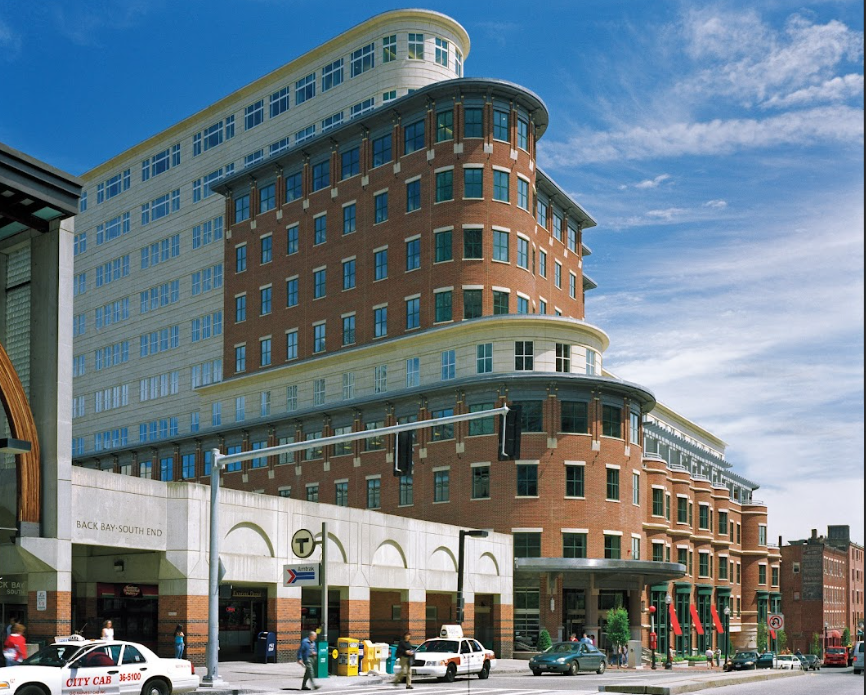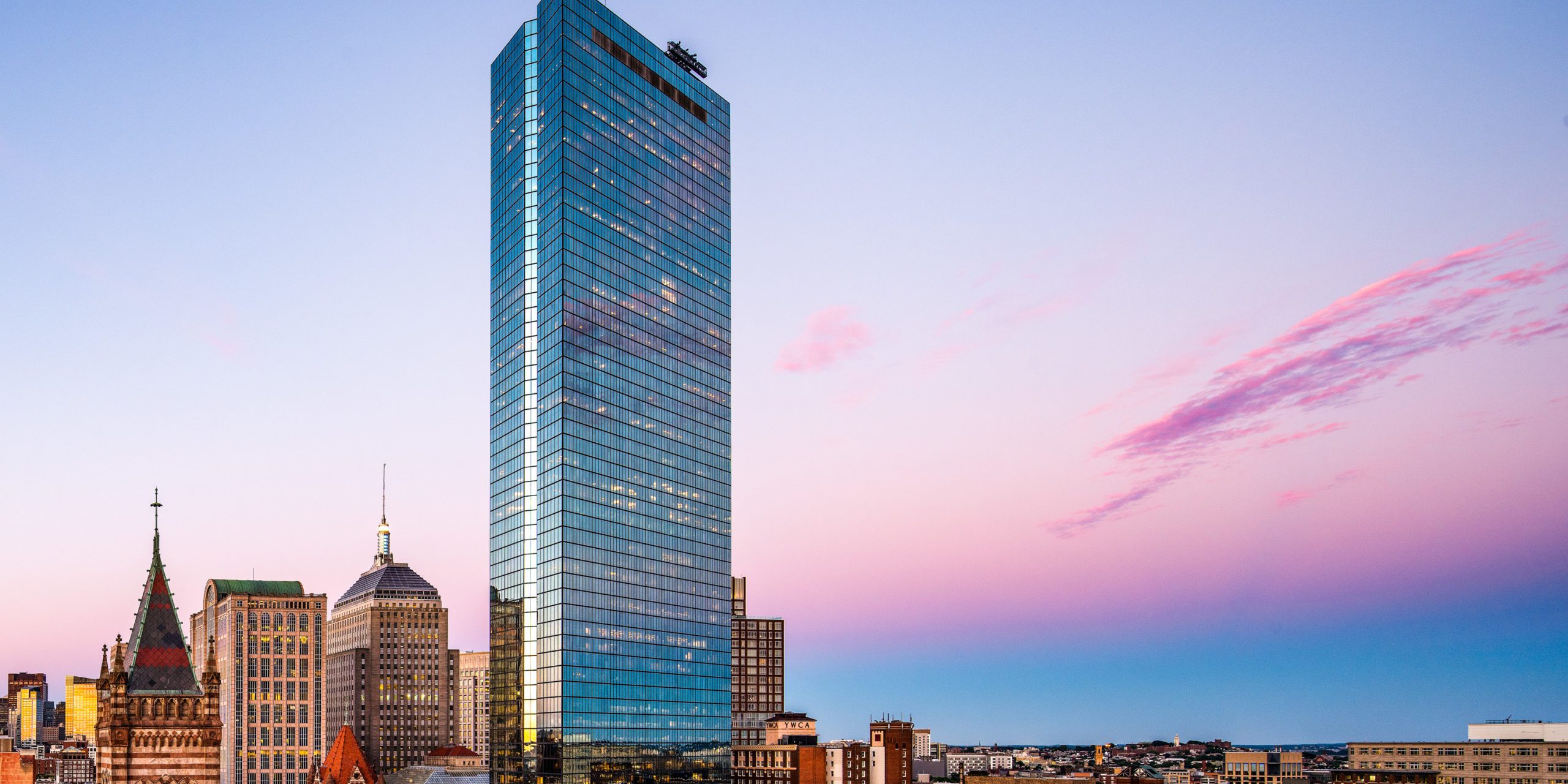453 Washington &
80 Summer both got the residential conversion treatment years ago, as did a fairly good number of other Ladder District properties. The low-hanging fruit got converted in the aftermath of the 2007-09 crash--
8 Winter,
407 Washington,
The Conrad, and others.
What's left is, by definition, properties that weren't so ripe for conversion, when the 2010s boom for them took place--and therein lies the immense challenge.
If the less-desirable ones weren't exploitable during the immensely favorable economic conditions of the 2010s, then... how can they be converted now, with interest rates through the roof, etc.,
absent a massive (and thus highly unpopular?) government subsidy?
I am v late to this discussion but think this is an interesting one. I think the distinction here is that conversions didn’t happen in the golden days of the 2010s because the office and lab market were also strong, thus demand could compete with residential and or the gap in value wasn’t so wide that costly conversions were feasible.
If residential values stay strong and the value of office properties fall significantly then conversions should start becoming possible. I think there are generally three options to how this will play out:
1. Free market: the bottom collapses out of the office market and a bunch of institutional owners lose their shirts. Unclear if there is systemic risk to the larger economy if this were to happen, so there is that to consider at the highest level. Thankfully because commercial leases are longer term, this market is less volatile in terms of “vacancy.” Though the longer the WFH trend continues the more likely a significant market correction is going to happen, its already starting. Once the bottom collapses out of the market and owners are bleeding money on vacant buildings/ the value of the assets fall low enough, some conversions will start to happen. The key here is the base value of suitable office product must drop significantly because of excess supply and lower rents/lower absorption.
This path suggests a lot of pain for investors and likely an extended period of uncertainty for both investors and the city with lots of vacant offices as the market proves to what extent the office/lab market is over supplied.
2. Free market with government coordination: This is the same economic conditions as above but where the city is proactive in acknowledging a permanent shift in the demand and hopefully removes as many entitlement barriers as reasonable to aid fast and easy conversions. As-of-right development is a BIG carrot for development at this scale. Folks don't want to throw good money on a burning money pile only to be raked over the entitlement coals. In this scenario I suspect conversion would start happening sooner and ultimately more properties would be converted.
This likely provides a significant amount of new housing and should aid the stabilization of the office market more quickly as you’d be removing excess supply more quickly. I think this is what the city is trying to do, and it should be low cost to taxpayers.
3. Subsidies: it is what it sounds like. Government provides subsidies to help make numbers pencil. This could very well be in the long-term best interest of the city and tax payers as vacant space is not generating economic actively, isn’t maximizing tax revenues, is bad for the public image of the city, potentially generates unsafe conditions, etc.
I think the easiest way to do this would be to waiver select development and impact fees, granting development bonuses where they make sense, and perhaps using TIFs that would lesson a development’s tax burned for some period of time.
As noted, lots of smaller prewar buildings could be pretty easily converted. The larger buildings are a bigger challenge. My short list of dimensionality ‘plausible’ high-rises are Central Plaza, the JFK Building, Fed Reserve, 28 State, 200 Clarendon, and 500 Boylston.
None of these are a dead ringer, two are federal buildings (so that isn’t going to happen overnight if ever). 200 Clarendon is a flagship building and is likely too valuable as office and Central Plaza just underwent significant capital improvements. All of which to say, I wouldn’t hold my breath for high-rise conversions unless things get really, really, bad in the office market.









